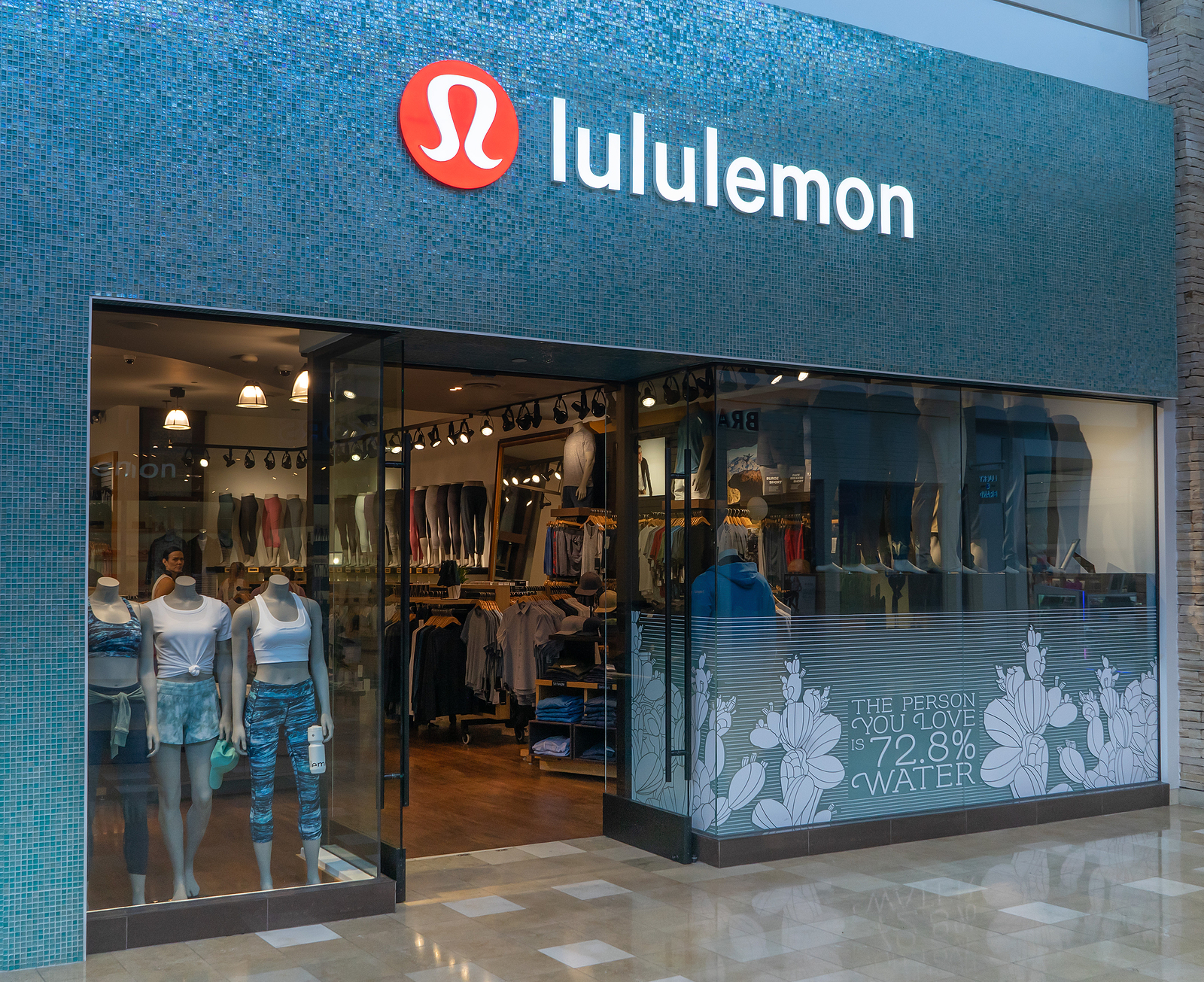
Lululemon Athletica reports earnings on Thursday, Dec. 10
Athlesiure stalwart Lululemon Athletica Inc. (NASDAQ:LULU) was originally most well-known for its women's yoga apparel, but has since expanded its brand as a broader lifestyle apparel retailer. The company operates internationally with over 460 stores across four continents, and in the summer its purchase of at-home fitness company Mirror signaled its larger ambitions.
As sweatpants replaced slacks amidst the global coronavirus pandemic, Lululemon stock has been able to tack on a cool 60% in 2020. This culminated in a Sept. 2 record high of $399.89, and although the shares cooled off in the ensuing months, support has emerged at their 120-day moving average.

Lululemon's quarterly report is due out on Thursday, Dec. 10 after the close. The company has outperformed expectations on three of its four most recent earnings reports. In the fourth quarter of 2019, LULU beat expectations by $0.03, reporting an earnings per share (EPS) of $0.96. In the first quarter of 2020, the company significantly increased its EPS for Lululemon stock up to $2.28. Lululemon beat expectations by a margin of $0.04 that quarter.
Then, LULU saw a drastic EPS decline in its report on the second quarter of 2020. Lululemon reported an EPS of $0.22, missing Wall Street's expectations by a margin of $0.01. In its most recent quarterly report, Lululemon stock bounced back and the company beat its earnings target by a margin of $0.19, or 35%. Lululemon reported an EPS of $0.74 instead of the anticipated EPS of $0.55. For its upcoming earnings report slated for Dec. 10, the company is expected to increase its EPS for Lululemon stock up to $0.86.
Lululemon is one of the few clothing retailers that managed to maintain strong revenue and bottom-line profit throughout the pandemic that has taken down quite a few of the company's competitors. Lululemon did see a drop in revenue and net income, but not nearly as much as other clothing-related businesses. This is likely the result of the company's strong online presence that allowed business-as-usual throughout the shutdowns. Despite Lululemon's various brick-and-mortar locations all over the world, the number of physical stores the company operates pales in comparison to some of its competitors like Nike (NKE). The diversification of the company's revenue channels has ultimately allowed Lululemon to minimize its expenses and maintain decent revenue from online sales.
Pre-pandemic, Lululemon had been already on a very steady path of revenue and net profit growth. However, as a downside to potential investors, Lululemon stock currently trades at a very high price-earnings ratio of 90.12, and its forward price-earnings ratio is only projected to come down to 57.80.
Lululemon's strong performance during the COVID-19 pandemic has caused investors to pile into Lululemon stock without LULU fully recovering. Consequently, Lululemon stock has priced-in about 2-3 years of future growth already. At its current steep price, investors should be cautious and standby for a better window of entry.